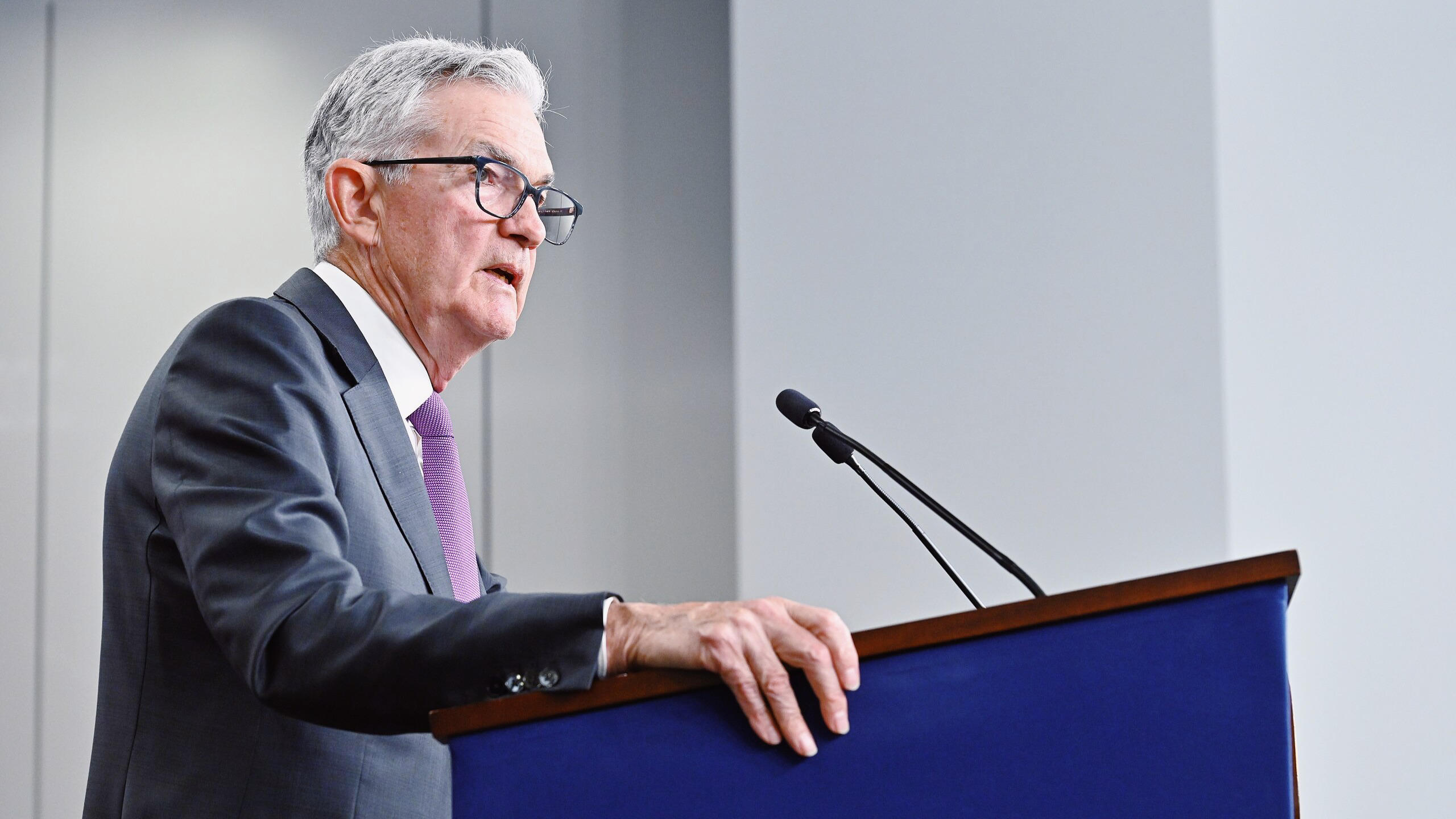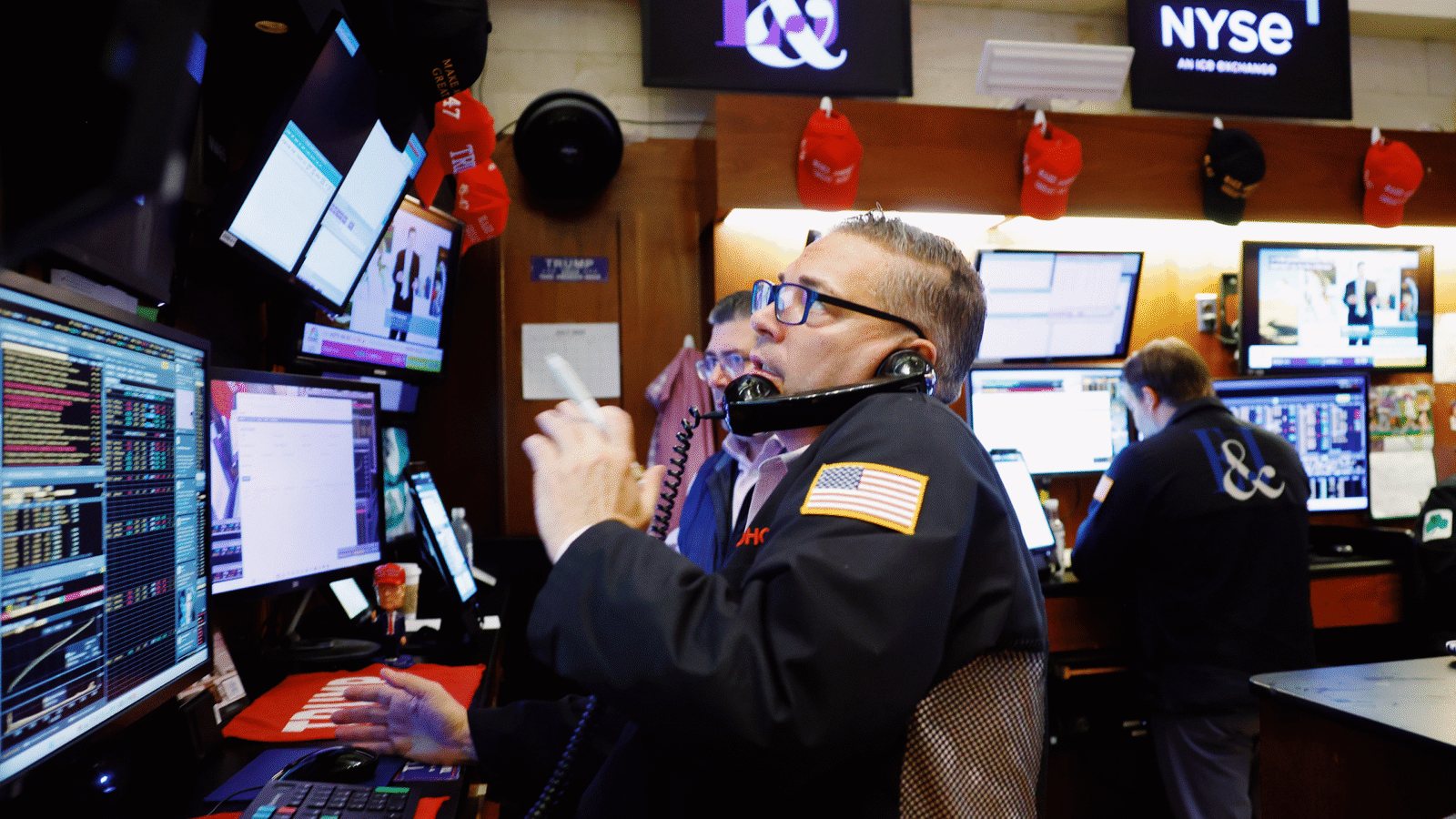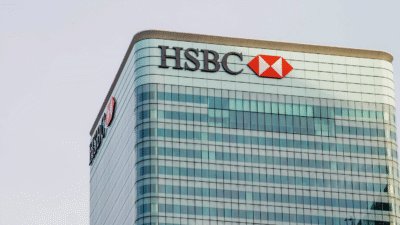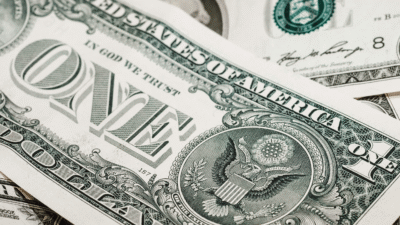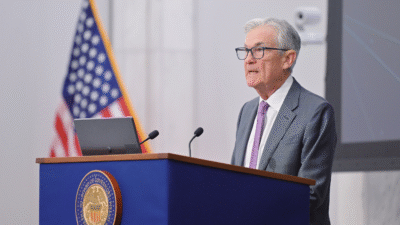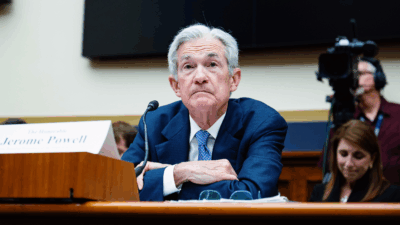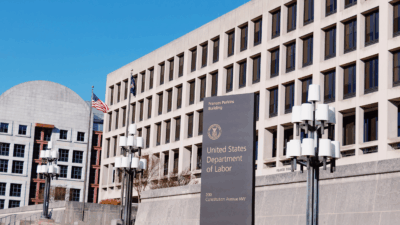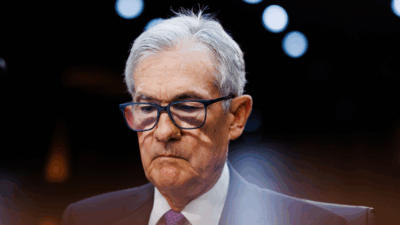The Fed Marches into a Murky New Era
Inflation is definitely looking like a “two-handle” problem. That’s investor-speak for a rate below 3% but above the Fed’s 2% target.
Sign up for smart news, insights, and analysis on the biggest financial stories of the day.
Does the Fed have a handle on inflation? Tough to say. But inflation is definitely looking like a “two-handle” problem. That’s investor-speak for a rate below 3% but above the Fed’s 2% target.
When the Fed concludes its meeting today, it’s all but assured to announce another quarter-point cut to interest rates. But moving forward, the worry is that inflation may settle in closer to 3% than 2%.
I Can Ride my Bike With Two Handlebars
In its September policy meeting, the Fed said its committee forecasted inflation would settle at a comfortable 2.2% through 2025, or low enough to allow a full-point reduction to interest rates over that 12-month span. And through the Fed’s November meeting, when it instituted a quarter-point cut to bring rates down to a range between 4.5% and 4.75%, the projection looked on track. But the past month has delivered enough new data to make such a projection look overly optimistic.
A jobs report from the Labor Department released earlier this month showed the US economy added 227,000 jobs in November, well above expectations, while a shift in consumer sentiment and the holiday season saw an uptick in spending. In other words: The economy is still hot to the touch. Meanwhile, last week saw the release of the latest Consumer Price Index figures from the US Bureau of Labor Statistics, which showed prices increasing 2.7% in November from a year earlier — a signal that inflation remains frustratingly sticky. And, of course, making everything even murkier is the second Trump administration’s promised web of tax cuts and likely-inflationary tariffs.
So where does that leave inflation and interest rates headed into next year? Well, according to some economists, right in the middle of the two-handle:
- In Bloomberg’s monthly survey of economists, published Tuesday, respondents projected the annual core personal consumption expenditures index — a.k.a., the Fed’s preferred inflation gauge that excludes volatile food and energy prices — will advance 2.5% through next year, an increase from the 2.2% prediction in the prior month’s survey. As a result, economists predict three quarter-point cuts next year, not four.
- Wells Fargo senior global market strategist Scott Wren, meanwhile, wrote recently that he recommends investors pricing in just two quarter-point rate cuts next year, and Wells Fargo senior economist Sarah House warns of inflation “getting stuck” in the two-handle zone.
Homecoming: The latest CPI report brought some welcome news: Housing costs, long one of the stickiest sectors of growth, saw inflation ease in November for the first time since 2021. But a full deceleration to pre-pandemic norms is going to take awhile. The Fed’s Cleveland branch, for instance, recently projected some housing inflation still won’t ease to pre-pandemic levels until mid-2026. There’s sticky and there’s super glue.
